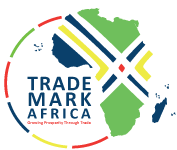Although appetite for energy infrastructure remains high in East Africa, financiers are wary about the region's political, economic and environmental risk factors. These issues were highlighted at the recently held East Africa Energy and Infrastructure Summit held in Kampala, Uganda. Lungile Mashele, energy specialist at the Development Bank of Southern Africa (DBSA), told the EastAfrican that development banks also consider the perceived risks in the region when looking at projects to finance. Mashele revealed that after having successfully funded 21 projects, contributing a total of 2,512MW to South Africa's national grid, the bank is now looking at projects in Rwanda and Ethiopia. Read more... The two countries are said to be “politically stable,” and have also been posting impressive growth figures for the past 10 years. "As a bank we have the mandate to go where no one wants to go, but there is a risk to that. We may pay the price for political risk if elections are not held on time. Then there is economic risk, like unstable currencies, which means there is the possibility that we may not get our money out," Mashele said. Also speaking at the event, Attilio Pacifici, head of the European Union Delegation to Uganda, announced that the union has financing instruments under its External Investment Plan (EIP) which targets Africa, with sustainable energy being one of its five priority sectors. "Despite the rapidly rising cost-competitiveness of renewable energy technologies, financing of projects is still difficult in many parts of the world. Transformation of...
risk factors impact investment
Posted on: February 13, 2018
Posted on: February 13, 2018















